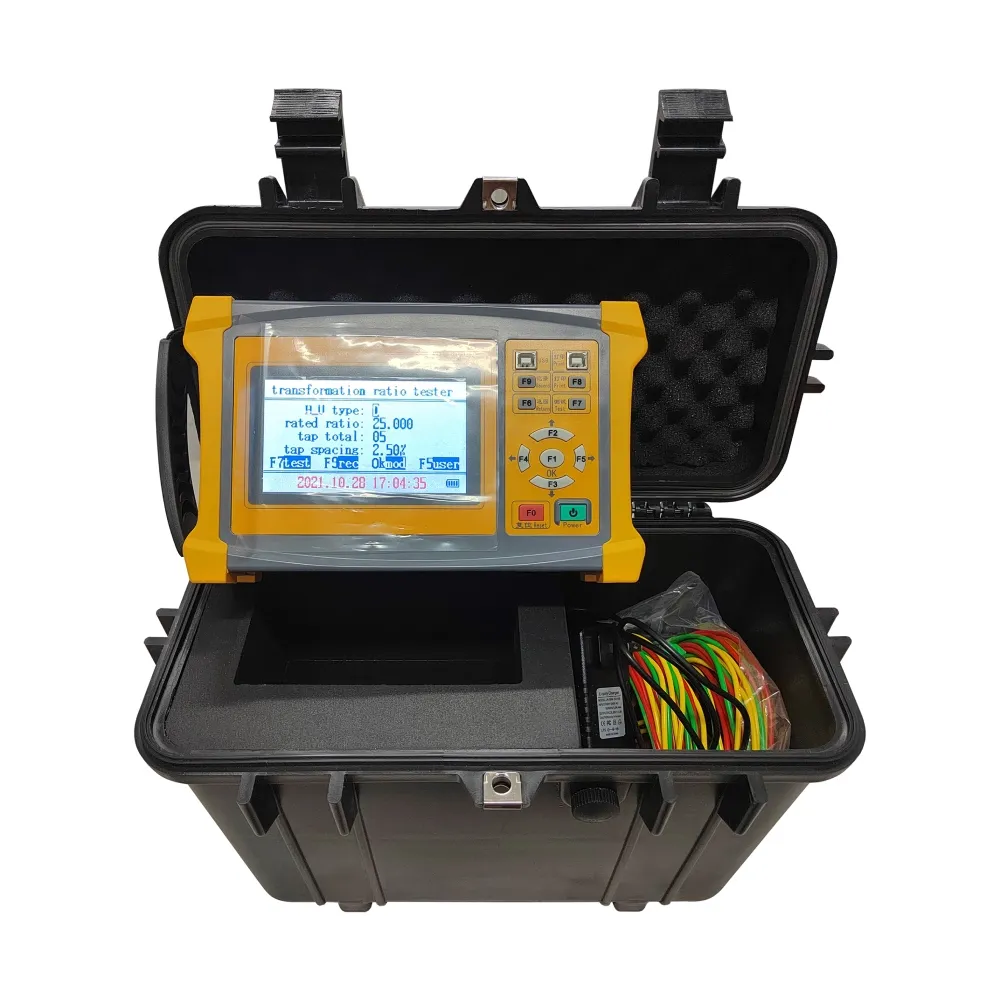 English
English



-
 Afrikaans
Afrikaans -
 Albanian
Albanian -
 Amharic
Amharic -
 Arabic
Arabic -
 Armenian
Armenian -
 Azerbaijani
Azerbaijani -
 Basque
Basque -
 Belarusian
Belarusian -
 Bengali
Bengali -
 Bosnian
Bosnian -
 Bulgarian
Bulgarian -
 Catalan
Catalan -
 Cebuano
Cebuano -
 China
China -
 China (Taiwan)
China (Taiwan) -
 Corsican
Corsican -
 Croatian
Croatian -
 Czech
Czech -
 Danish
Danish -
 Dutch
Dutch -
 English
English -
 Esperanto
Esperanto -
 Estonian
Estonian -
 Finnish
Finnish -
 French
French -
 Frisian
Frisian -
 Galician
Galician -
 Georgian
Georgian -
 German
German -
 Greek
Greek -
 Gujarati
Gujarati -
 Haitian Creole
Haitian Creole -
 hausa
hausa -
 hawaiian
hawaiian -
 Hebrew
Hebrew -
 Hindi
Hindi -
 Miao
Miao -
 Hungarian
Hungarian -
 Icelandic
Icelandic -
 igbo
igbo -
 Indonesian
Indonesian -
 irish
irish -
 Italian
Italian -
 Japanese
Japanese -
 Javanese
Javanese -
 Kannada
Kannada -
 kazakh
kazakh -
 Khmer
Khmer -
 Rwandese
Rwandese -
 Korean
Korean -
 Kurdish
Kurdish -
 Kyrgyz
Kyrgyz -
 Lao
Lao -
 Latin
Latin -
 Latvian
Latvian -
 Lithuanian
Lithuanian -
 Luxembourgish
Luxembourgish -
 Macedonian
Macedonian -
 Malgashi
Malgashi -
 Malay
Malay -
 Malayalam
Malayalam -
 Maltese
Maltese -
 Maori
Maori -
 Marathi
Marathi -
 Mongolian
Mongolian -
 Myanmar
Myanmar -
 Nepali
Nepali -
 Norwegian
Norwegian -
 Norwegian
Norwegian -
 Occitan
Occitan -
 Pashto
Pashto -
 Persian
Persian -
 Polish
Polish -
 Portuguese
Portuguese -
 Punjabi
Punjabi -
 Romanian
Romanian -
 Russian
Russian -
 Samoan
Samoan -
 Scottish Gaelic
Scottish Gaelic -
 Serbian
Serbian -
 Sesotho
Sesotho -
 Shona
Shona -
 Sindhi
Sindhi -
 Sinhala
Sinhala -
 Slovak
Slovak -
 Slovenian
Slovenian -
 Somali
Somali -
 Spanish
Spanish -
 Sundanese
Sundanese -
 Swahili
Swahili -
 Swedish
Swedish -
 Tagalog
Tagalog -
 Tajik
Tajik -
 Tamil
Tamil -
 Tatar
Tatar -
 Telugu
Telugu -
 Thai
Thai -
 Turkish
Turkish -
 Turkmen
Turkmen -
 Ukrainian
Ukrainian -
 Urdu
Urdu -
 Uighur
Uighur -
 Uzbek
Uzbek -
 Vietnamese
Vietnamese -
 Welsh
Welsh -
 Bantu
Bantu -
 Yiddish
Yiddish -
 Yoruba
Yoruba -
 Zulu
Zulu
gc chromatography
Gas Chromatography An Overview
Gas chromatography (GC) is a powerful analytical technique widely used for separating and analyzing compounds that can be vaporized without decomposition. This method is essential in various fields, including environmental analysis, pharmaceuticals, petrochemicals, and food safety. The efficiency of gas chromatography lies in its ability to separate complex mixtures into their individual components, which can then be quantified and identified.
Principle of Gas Chromatography
At its core, gas chromatography relies on the partitioning of samples between a stationary phase and a mobile phase. The mobile phase is an inert gas, commonly helium or nitrogen, which transports vapors of the sample through a column. The stationary phase is typically a liquid that is coated on a solid support within the column. The different components of the sample interact with both the stationary phase and the mobile phase to varying degrees, leading to their separation as they travel through the column.
When a sample is injected into the system, it is vaporized and carried by the inert gas into the column. As the sample moves through the column, compounds with a higher affinity for the stationary phase will have longer retention times, while those with lower affinities will elute more quickly. Ultimately, the separated components exit the column at different times, producing distinct peaks on a chromatogram, thereby allowing for qualitative and quantitative analysis.
Components of a Gas Chromatography System
A typical gas chromatography system comprises several essential components
1. Injection Port This is the point where the sample is introduced into the system. Sample injection can be performed manually or using an auto-sampler to improve reproducibility.
2. Column The heart of the gas chromatography system, where separation occurs. Columns can vary in length, diameter, and stationary phase, affecting resolution and analysis time.
gc chromatography

3. Oven The column is housed in an oven that maintains a specific temperature. Temperature control is crucial, as it can influence the volatility of the compounds, thus impacting separation.
4. Detector After separation, the compounds are detected, most commonly using a flame ionization detector (FID) or a thermal conductivity detector (TCD). The choice of detector depends on the nature of the analytes being measured.
5. Data System Finally, a computer or data system collects and processes the signals from the detector, generating a chromatogram to analyze the sample.
Applications of Gas Chromatography
Gas chromatography has a myriad of applications across various industries. In the pharmaceutical sector, it is used for drug testing, impurity profiling, and ensuring the quality of raw materials. In environmental science, GC is utilized to identify pollutants in air, soil, and water, making it vital for monitoring environmental health.
In the food industry, gas chromatography plays a significant role in quality control, helping to detect additives, contaminants, and flavor compounds. The petrochemical industry also relies heavily on GC for analyzing crude oil, fuels, and by-products during oil refining and production processes.
Conclusion
Gas chromatography stands as a cornerstone technique in analytical chemistry. Its efficiency, accuracy, and versatility make it invaluable for separating and analyzing volatile compounds across various fields. As technology advances, improvements in chromatographic techniques continue to emerge, enhancing sensitivity, speed, and resolution. Understanding the principles and applications of gas chromatography is essential for researchers and professionals aiming to leverage this powerful tool in scientific exploration and industrial applications.
-
Testing Equipment Industry Sees Major Advancements in 2025: Smart & Precision Technologies Lead the WayNewsJun.06,2025
-
Applications of Direct Current Generators in Renewable Energy SystemsNewsJun.05,2025
-
Hipot Tester Calibration and Accuracy GuidelinesNewsJun.05,2025
-
Digital Circuit Breaker Analyzer Features and BenefitsNewsJun.05,2025
-
Benefits of Real-Time Power Quality Monitoring Devices for Industrial EfficiencyNewsJun.05,2025
-
Earth Fault Loop Testing in High-Rise Building Electrical SystemsNewsJun.05,2025



